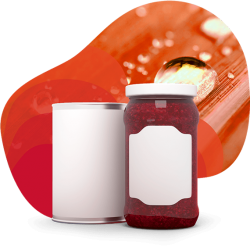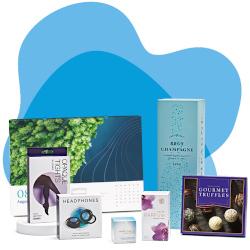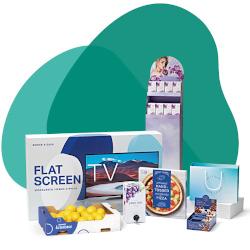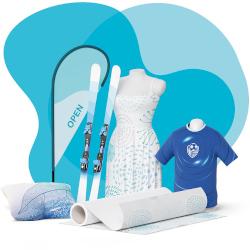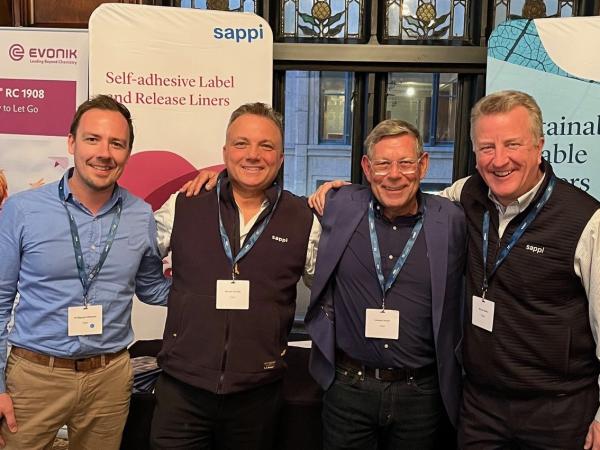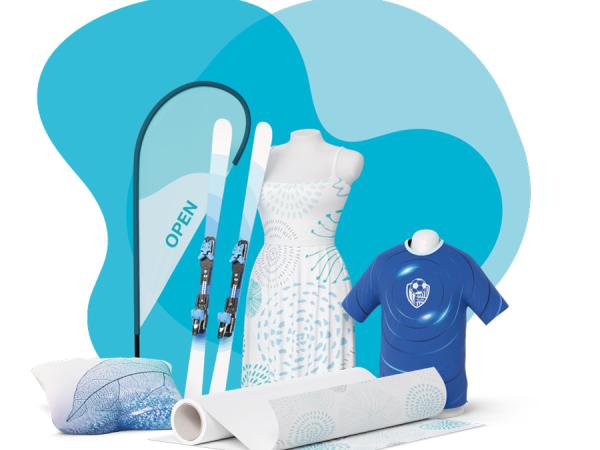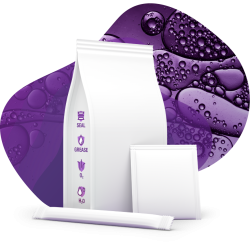
Costco's Retail Print Success: Why today's giants still turn to the marketing power of print to reach their customers
Retail print is thriving in 2024 by blurring boundaries between physical and digital to create new buying opportunities – and by playing to traditional strengths
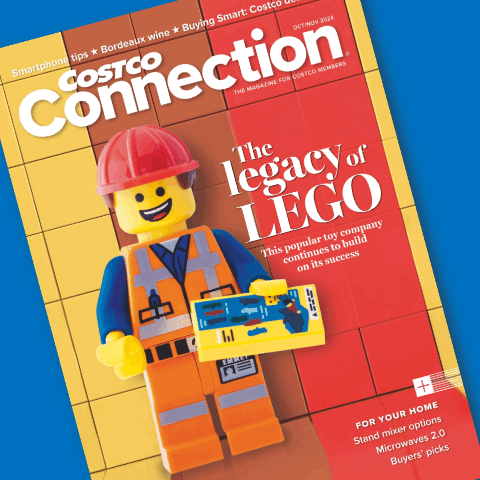

This year, leading UK supermarket Waitrose produced a catalogue with a difference to showcase its Christmas offerings. The 72-page, glossy print piece uses advanced scan-to-buy technology that allows customers to point their phone at a product they like the look of and then go straight to the online product page to make a purchase. The process is seamless and – most importantly – doesn’t require customers to download an app. In effect, it makes the Waitrose catalogue instantly shoppable.
Tech company Phuzion Media designed the image-recognition platform used in the catalogue. Once users scan a QR code to access the system, all they need do to connect with the corresponding online shopping page is take a snap of a product. As well as making the experience smooth and uncomplicated for customers, the system also negates the need for designers or printers to change any creative – no special photography or post-production treatment is necessary.
Home comforts for the customer
The catalogue, which was printed on 70g/m2 Sappi Galerie Fine Bulk, was produced by content agency Eye to Eye Media. According to production director Jake Hopkins, “The snap-to-shop technology connects print to a wider omnichannel audience – and the printed brochure has a different function to the online experience.” This is because, “With a physical, tactile brochure, customers can indulge in the fantasy and anticipation of Christmas – making decisions in their own time, in the comfort of their own home – without the noise associated with viewing on screen.”

As the boundaries between physical and digital experiences continue to blur, a new retail reality is emerging. Traditional print media, in-store shopping, and face-to-face interactions can merge with e-commerce and digital platforms to create what's known as the ‘phygital’ world. This is a trend that’s set to grow – and one that offers retailers new opportunities to connect consumers' print and digital journeys into one seamless experience.
A tech-free success story
Not that you have to employ the latest tech to make a success of publishing a retail magazine, as another success story, this time from the US, reminds us.
Here, every month, megastore chain Costco mails out no less than 15.4m copies of Costco Connection magazine to its “executive” members. It’s a publication whose pages draw big names – Tom Hanks, Bruce Springsteen and Oprah Winfrey are among the magazine’s recent cover-star interviewees.
>Nearly one-third of American consumers shop at Costco, the third-largest retailer in the world. To shop at a store, customers have to sign up to a basic membership as minimum. The pricier executive tier, meanwhile, boasts additional perks that include a subscription to the magazine. Such is the success of the magazine-plus-extra-benefits package that more than 90% of executive members renew each year.
Costco Connection debuted in 1997 and does what it says on the masthead – keep consumers connected to Costco so that they keep coming back to the store. Content, apart from celebrity interviews, is geared towards the huge range of products Costco sells – everything from cut-price groceries, laptops and TVs to petrol, tyres, cruises, gold bars and coffins. By making the most of that range, the magazine wins customer loyalty, with more than 94% having “confidence” in the magazine’s articles. And note, these are readers any brand would covet, with an average income of $179,000, and plus 92% home ownership.
Euro brands make the most of print
Over in Europe, leading Spanish department store chain El Corte Inglés also bets a big slice of its marketing budget on printed catalogues. “In our home division, catalogues are the main vehicle of communication,” says Marysol García Gruben, general director of production. “They are specially curated and take a long time to produce”. Meanwhile, in Germany, the highest- circulation magazine in the country is produced by auto club ADAC. Its ADAC Motorwelt title boasts no fewer than 6.4m readers per issue.
Whether by embracing cutting-edge technology or by making the most of a brand’s customer offer – or both – today’s print media still play a potent part in a successful marketing strategy for key modern retailers.

